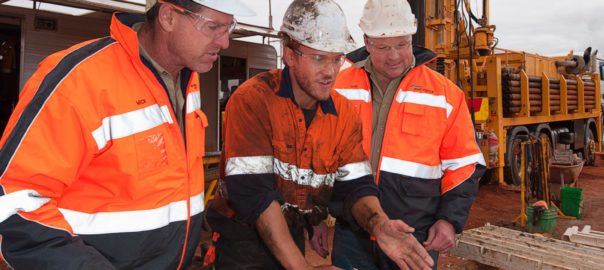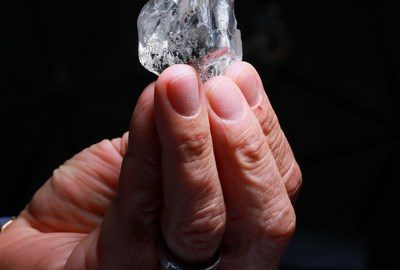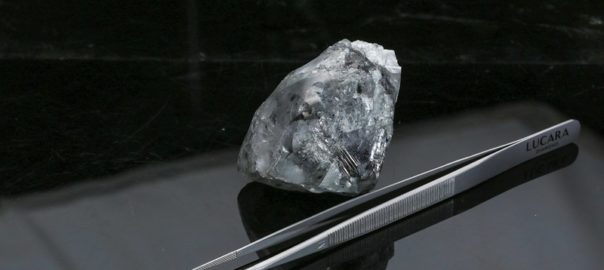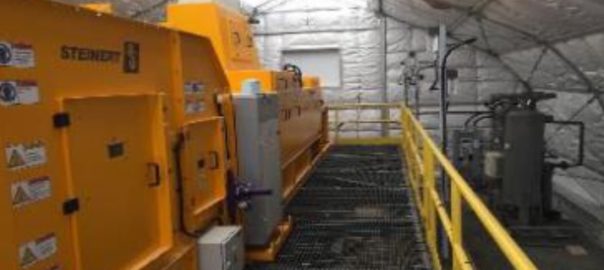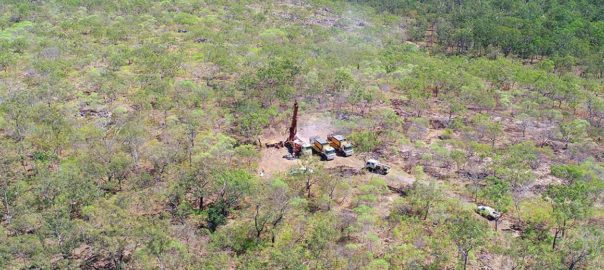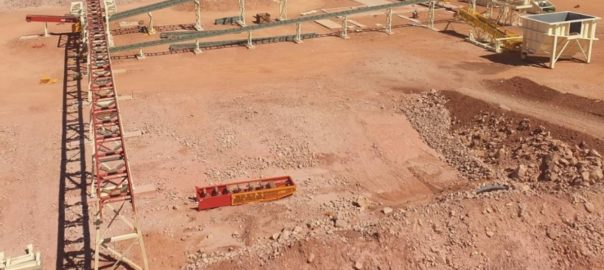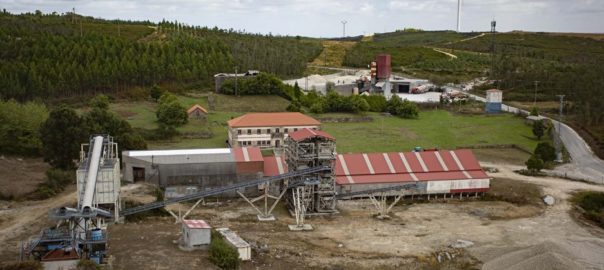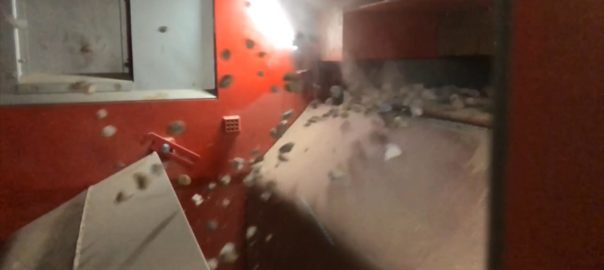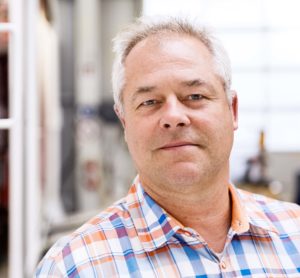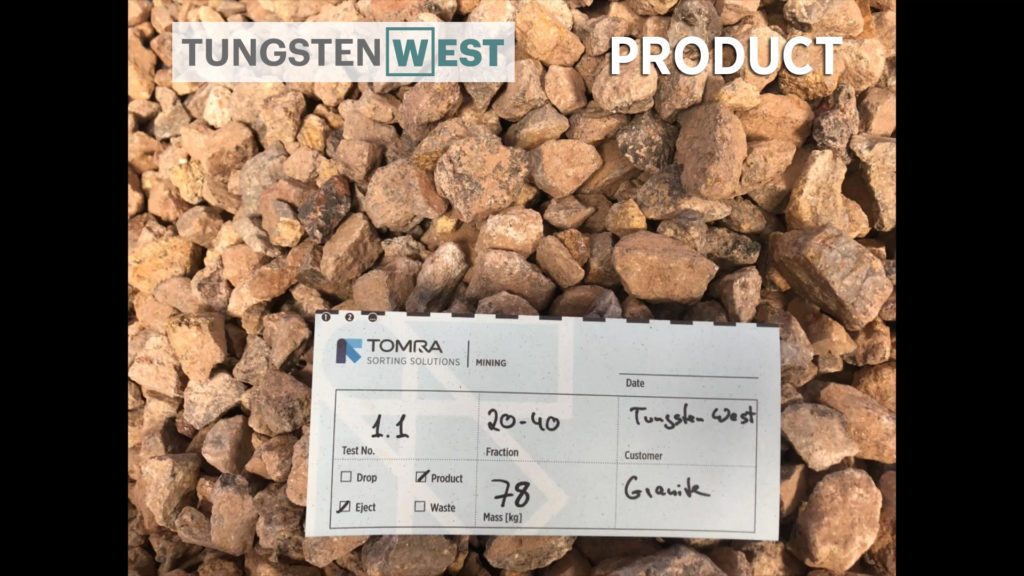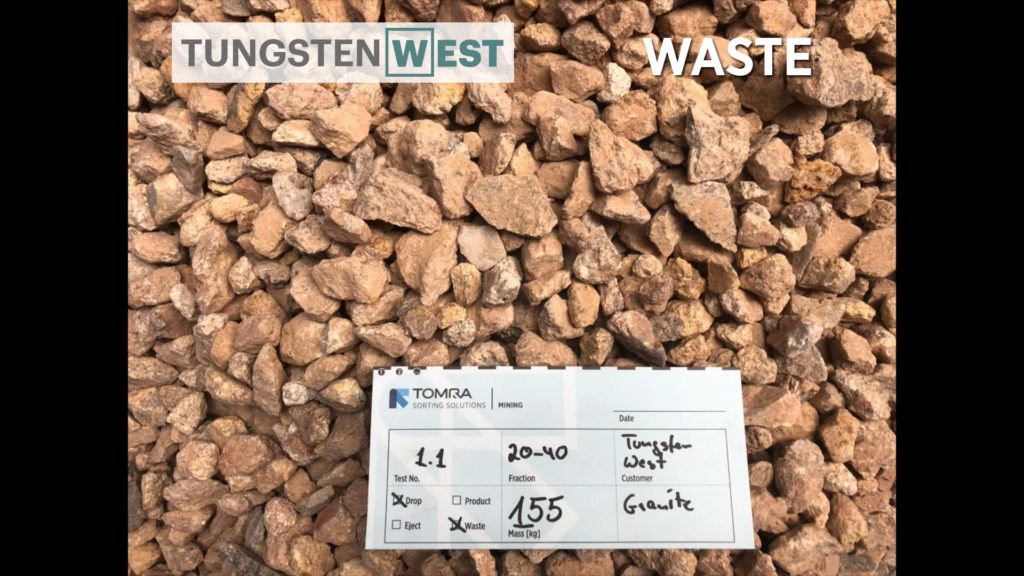TOMRA Sorting Mining has introduced the TOMRA ACT user interface together with a new image processing pipeline and additional process data for TOMRA Insight, all of which will, the company says, enable improvements in the overall sorting process for greater productivity and profitability.
The new TOMRA ACT graphical user interface (UI) brings a fundamental change in the way customers interact with their machines, making it easy to control the work flow in their sorting process with simple, intuitive touch gestures and actions on the screen, according to the company.
The UI provides sorting information and real-time process data at a glance through easy-to-understand graphics. With this clear information, the operator can better monitor the sorting process and make fast adjustments at any time, the company claims. The quick feedback on machine performance and throughput enables them to optimise the process, maximising productivity and efficiency.
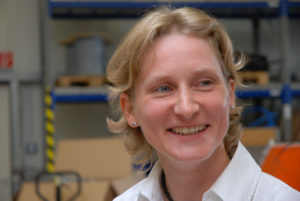
Ines Hartwig, TOMRA Product Manager, explained: “Throughout the development process of TOMRA ACT, we conducted many in-depth discussions with our customers to ensure we provided them with an interface that would improve the performance of their sorters, benefitting their business. We have been testing it with customers and the feedback has been very positive; in particular about the ease of use, even remotely, which facilitates controlling the process and adjusting settings.
“With the new interface, customers interact with their sorters in a much more intuitive way and they have better guidance on how to improve the overall handling of the sorters. As a result, they will be able to improve the productivity of their sorting plant and the profitability of their mining operation.”
TOMRA is introducing the new UI on all its current X-ray Transmission (XRT) sorters and is planning to extend it to other machines in its offering at a later stage. Upgrade packages to retrofit previous models of its XRT sorters will also become available.
The new Image Processing Pipeline, meanwhile, analyses the data sent by the sorter’s sensors and cameras. This solution provides TOMRA with even more flexibility to adjust and customise the image calculations according to the application and the customer’s specific requirements to achieve the best possible sorting results.
The enhanced image processing solution also collects detailed process data, such as information on particle size distribution of the feed, belt occupancy for insights on feed tonnages, or data relating to the health of the sorter. All these statistics are fed to TOMRA Insight, the cloud-based data platform, adding to the process information it has already received. TOMRA said: “This enables customers to improve the overall sorting process further, taking fast action when changes occur in upstream equipment or in the material’s composition. They are able to better monitor and control their processes, the feed material and the sorted fractions, improving their profitability.”
The new enhanced Image Processing Pipeline, and additional data fed to TOMRA Insight, have already been introduced on TOMRA XRT sorters and will in the future be extended to other products.








